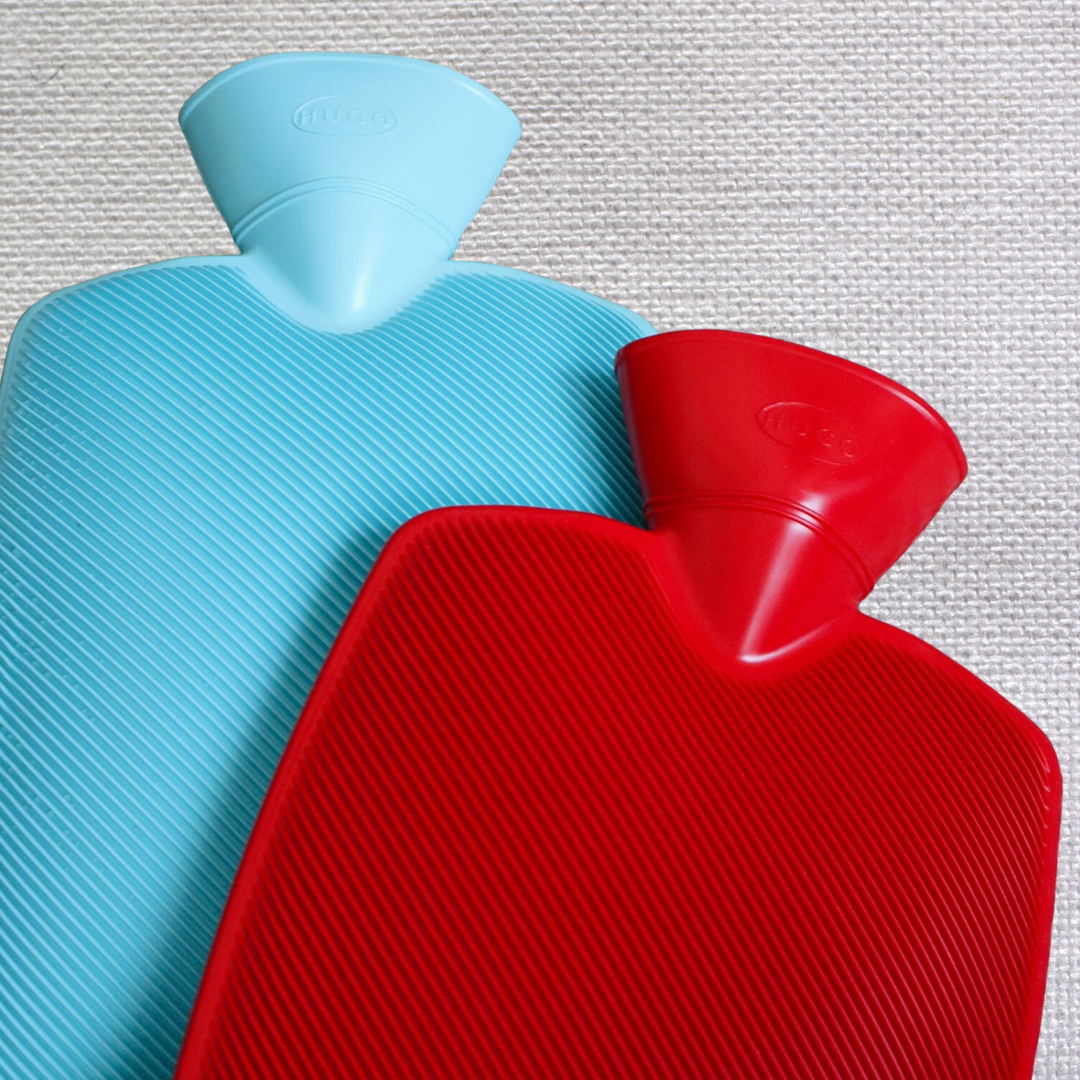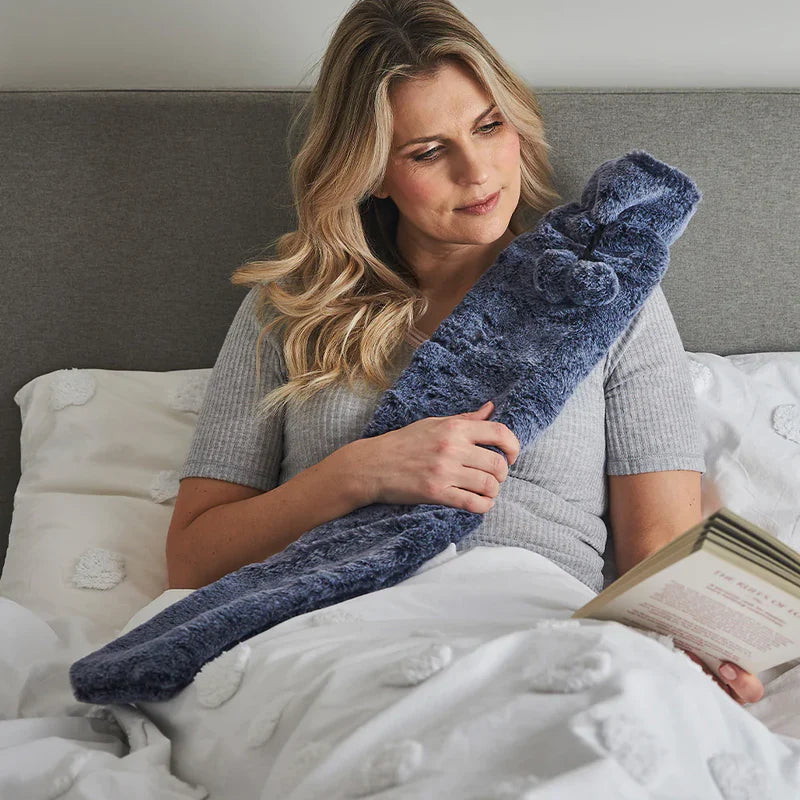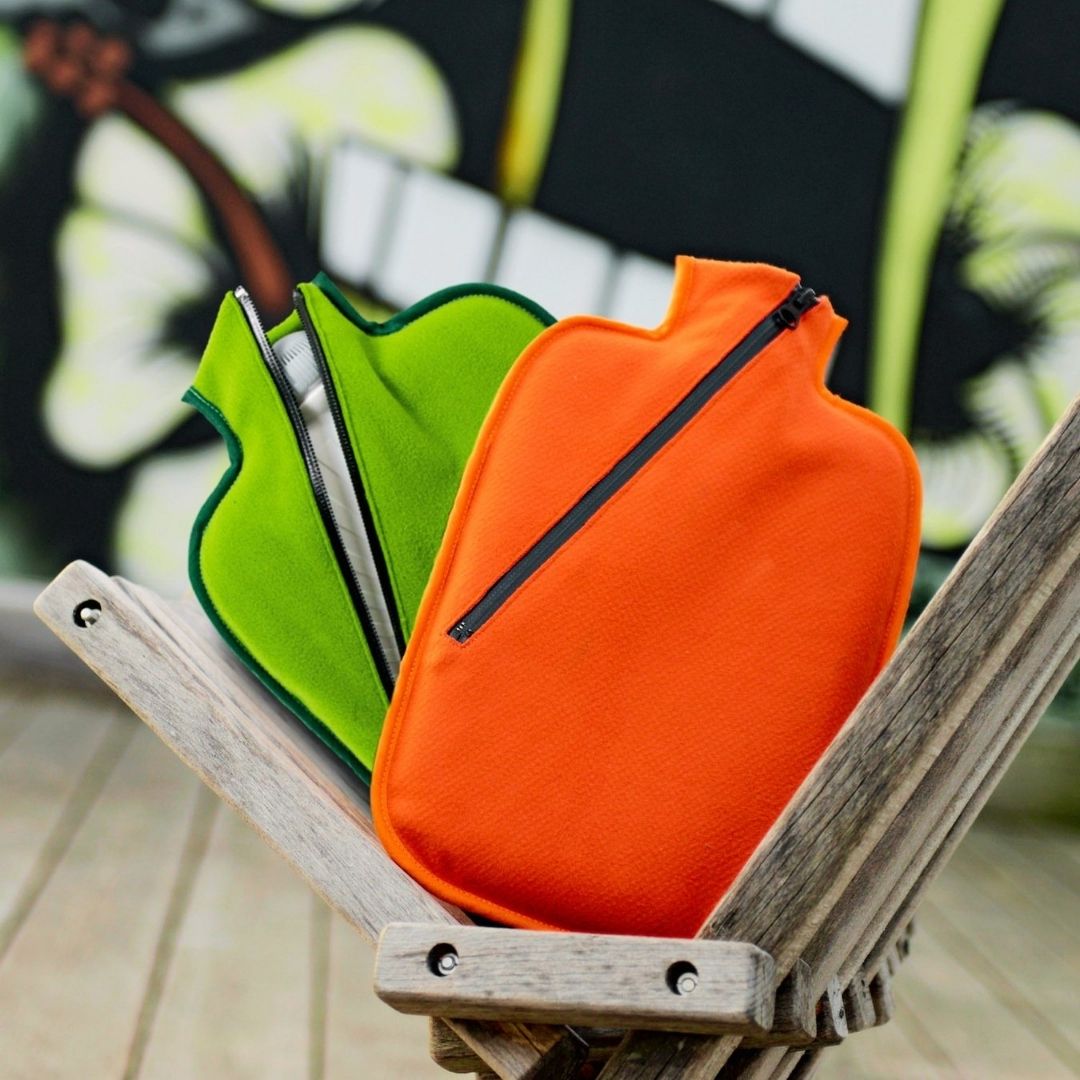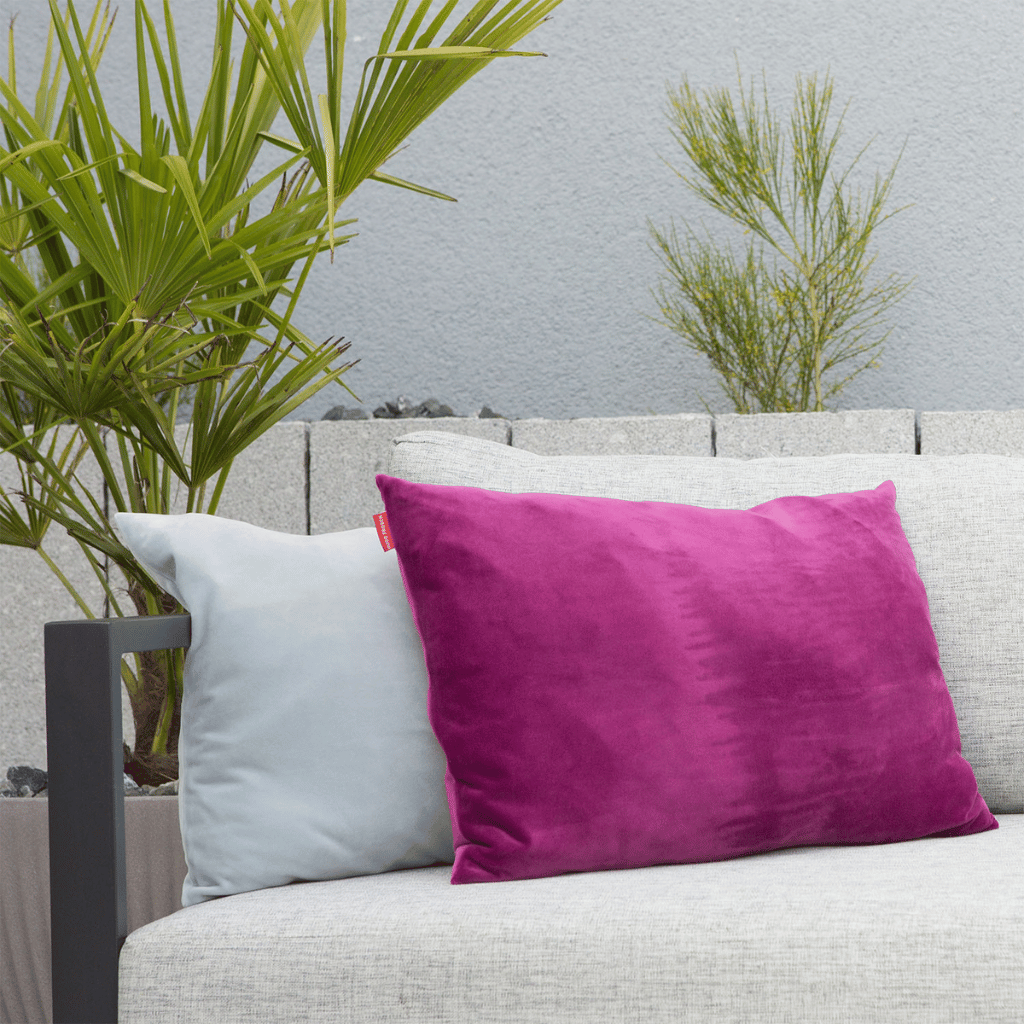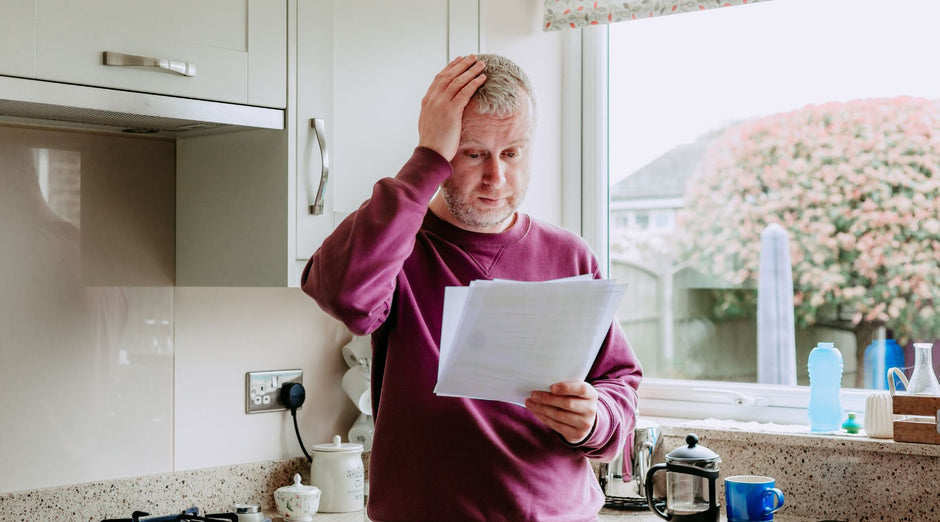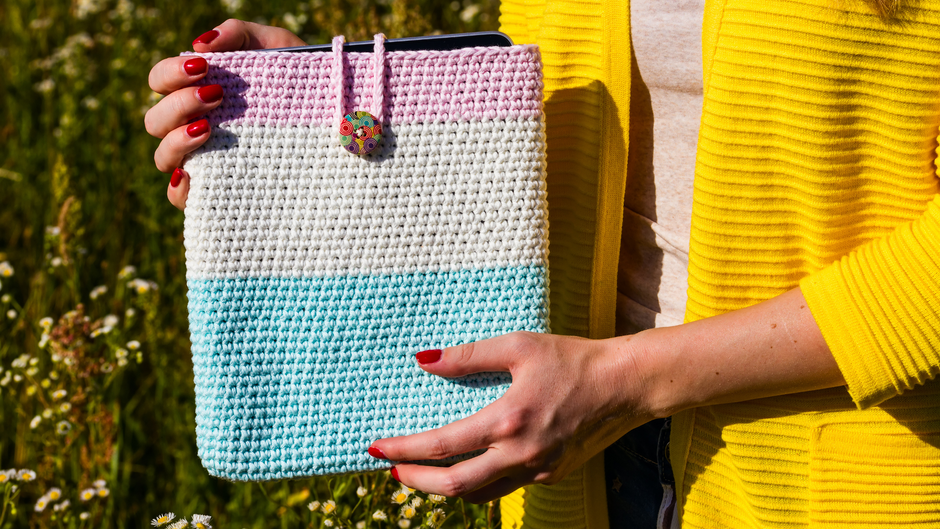Hot water bottles are well-known as relaxation and well-being must-haves. But they also provide a fantastic opportunity to save money and energy.
With the price of heating your home going up year on year, a hot water bottle could offer a cost-effective solution to cut the cost of those bills. By turning down your thermostat by just one or two degrees, you may see a meaningful saving.
You've probably heard of "heating the human, not the home", so just opt for the hot water bottle instead and you won't see a difference.
But just how much can you save using a hot water bottle? And how does this affect your environmental footprint?
We've run the numbers for you.
Can a hot water bottle really save you money?
A hot water bottle is an individual one-off purchase that can pay for itself in the short to medium term. You can buy a good quality water bottle starting from around £20, which can last for upwards of three years when treated right.
That's a lot cheaper than many other heating solutions. But can hot water bottles also offer the same quality? It's a fair question.
Hot water bottles do a fantastic job of keeping you warm. Typically, a hot water bottle can stay warm for up to 2 and 3 hours. And this period can be increased with better quality, more durable materials. When used with a cover (which is recommended), the heat can be retained for even longer.
We're not suggesting you ditch your heating system for a hot water bottle. But when used together, you can really make a difference to your finances.
What the numbers tell us:

How much does a hot water bottle cost to use?
Imagine you own a hot water bottle that can hold one litre of water. It costs around 2p in electricity to boil one litre of water in the kettle. That's a small price to pay for a couple of hours of personal heat, especially if you're living alone.
Let's say you use the water bottle twice a day, totalling 4p per day. If you use it for a total of 180 days, you'd be paying as little as £7.20 for the entire year.
Even after adding the price of the initial purchase, that's certainly a compelling price to make you consider turning the heating down (or even off, on less nippy days).
But what does turning the heating down save? Let's see…
How much can you save by turning the thermostat down?
The typical detached house in the UK will use 20,000kWh per year heating their house for heating. The electricity bill for this amounts to a whopping £4,472. For Gas, the bill is a little more palatable at £1,096.
Small apartments have it a little better, "only" paying £894 in electricity to heat a small apartment.
Turning down the thermostat by 1°C could save you up to around £447 in electricity, depending on your living situation. If you can reduce it by 2°C, that saving doubles to a staggering £894.
Hot water bottles can help make this change less noticeable and more bearable.
Helping the environment with hot water bottles
So, turning down the thermostat can save us money. And by now, we're all aware that using less energy and gas in our homes helps the environment. But do you know the data behind it?
The average household generates around 2,745 kg of CO2 emissions from heating (Energy Saving Trust). By turning down the thermostat by 1°C, a household living in a detached house could save approximately 237 kg of CO2 over the year. In a small apartment, you could reduce your impact by more than 47 kg CO2 per year.
This huge reduction, if adopted by everyone in the country, would result in an incredibly positive change towards the UK's Net Zero 2050 climate policy.
As you can see, even a small change can make a lot of difference.
How to save energy with a hot water bottle
It might not surprise you to hear that boiling the kettle takes a lot less energy than heating a home. And, true, you can't replace heating with a hot water bottle all the time.
But a hot water bottle really can make up for those 1, 2, or even 3-degree differences in the thermostat.
When can a hot water bottle replace heating?
There are plenty of creative ways to use hot water bottles, but here are our best suggestions for cutting pounds and CO2:
1. Working from home
Using a hot water bottle while working from home can be a great solution if you're dealing with the woes of a chilly office. Turn down that thermostat and keep yourself warm instead.
2. Going to bed
Many of us are guilty of going to bed with the heating on. You might even schedule it to turn off an hour or two after falling asleep. But with a hot water bottle, you can bump that timer down. The hot water bottle can last for up to three hours (or even more with a high-quality one) without spending a penny.
3. After a shower
Getting out of the shower into the freezing winter air can be a concern for even the hardiest of us. But, if you know there's a hot water bottle waiting, you won't need to rely on your heating system or those heated towel racks.
4. Settling down on the sofa
We all like to get comfortable with a blanket while we're watching TV. If you add a hot water bottle to the equation, then you'll find that you won't need the heating on quite so high either. It can act just like a heated blanket - maybe even better.
Final Word
A hot water bottle can be an excellent solution to your energy problem. So, turn down that thermostat and give a hot water bottle a try. See how much you can save.
We go to great lengths to ensure that all our hot water bottles are easy-to-use, effective and meet the relevant safety standards. You may also find our essential guide useful if you want to learn more about keeping warm safely.


